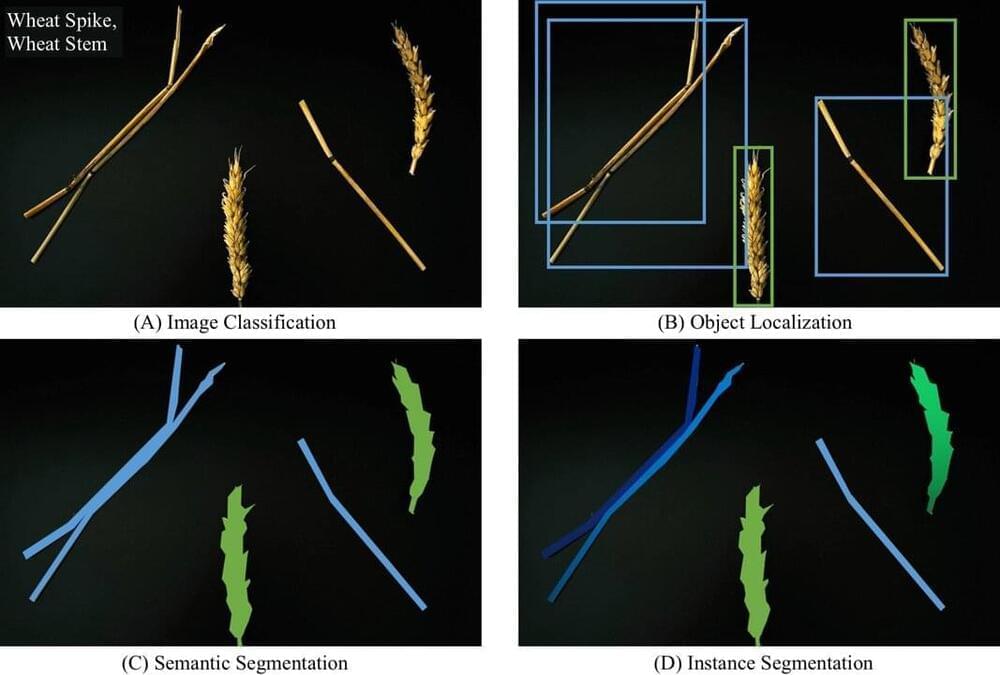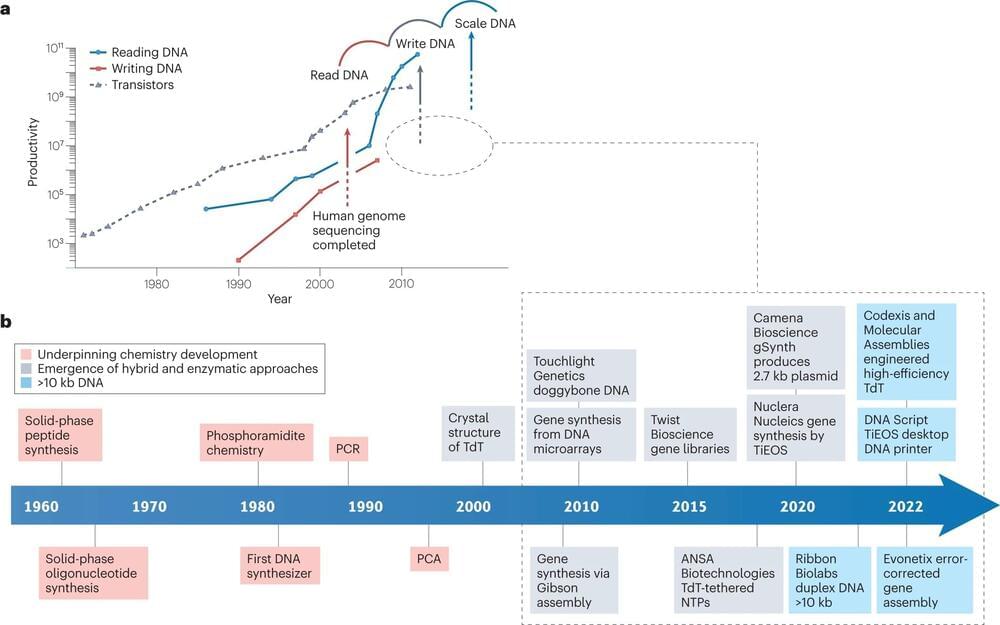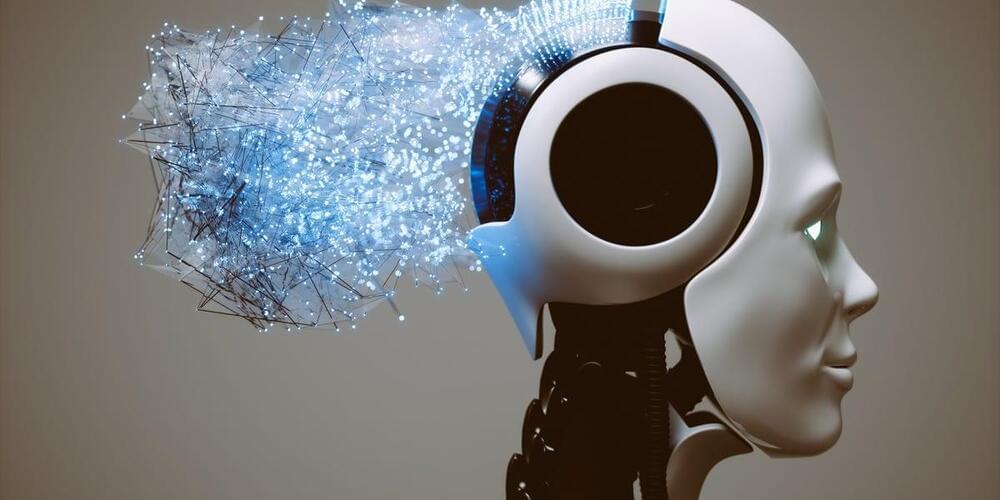Mar 21, 2023
Built Robotics Unveils Autonomous Pile Driving Robot, Expediting Solar Rollout
Posted by Gemechu Taye in categories: economics, robotics/AI, solar power, sustainability
Built Robotics has introduced an autonomous pile driving robot that will help build utility-scale solar farms in a faster, safer, more cost-effective way, and make solar viable in even the most remote locations. Called the RPD 35, or Robotic Pile Driver 35, the robot can survey the site, determine the distribution of piles, drive piles, and inspect them at a rate of up to 300 piles per day with a two-person crew. Traditional methods today typically can complete around 100 piles per day using manual labor.
The RPD 35 was unveiled today at CONEXPO-CON/AGG in Las Vegas, the largest construction trade show in North America and held every three years.
The 2022 Inflation Reduction Act “Building a Clean Energy Economy” section includes a goal to install 950 million solar panels by 2030. With solar farms requiring tens of thousands of 12-to 16-foot-long piles installed eight feet deep with less than an inch tolerance, piles are a critical component of meeting that target.


















